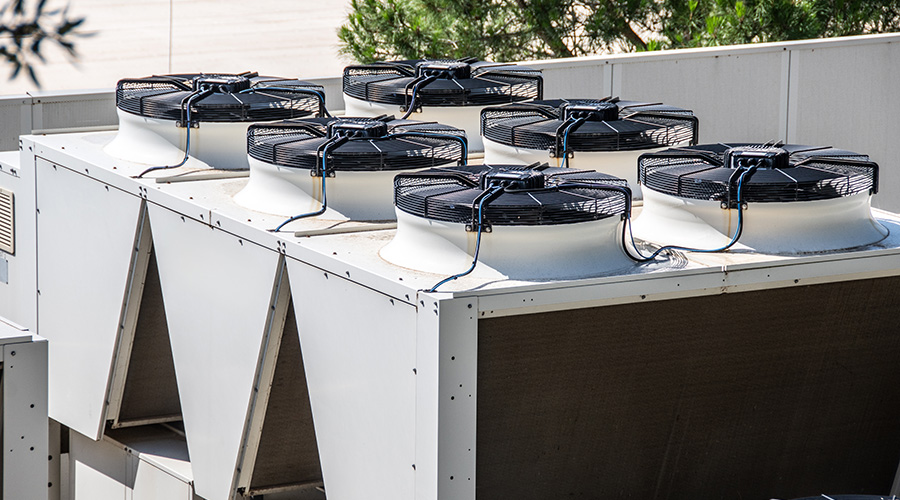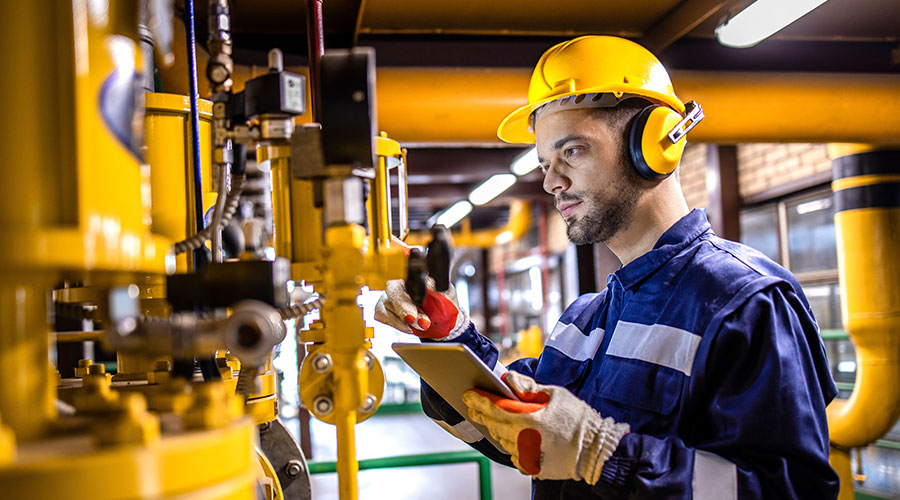The Evolving Role of Propane in Facilities
From emergency preparedness to energy diversification, propane’s applications catch the attention of managers.
By FacilitiesNet Editorial Staff
Institutional and commercial facilities continue the search for strategies that will improve their facilities’ resilience in the form of such threats as power outages, tornadoes, hurricanes and wildfires. Among the resources with growing appeal to provide solutions for an array of potential emergencies is propane. In this question and answer, FacilitiesNet talks with Bert Warner, director of commercial business development with the Propane Education and Research Council, to explore the potential benefits and challenges of using propane for emergency preparedness and a range of other applications in facilities
FacilitiesNet: What are the primary benefits of propane powered equipment related to emergency preparedness?
Bert Warner: (One is the) abundance of propane that’s available. It’s readily available literally at your doorstep compared to other energy sources.
It’s also a very clean alternative. It has been designated by the EPA as a clean energy. So compared to diesel or things like that, the environmental benefits are significantly better as far as emissions, and the carbon intensity compared to the average of the electric grid is much lower. It’s affordable because less maintenance is involved.
The challenge that we’re facing and probably the keyword that you hear daily is resiliency. Propane plays a strong role in that resiliency conversation without sacrificing environmental benefits. By staying economically viable and being plentiful, it supports that aspect.
FN: What challenges do managers face in maximizing the benefits of propane-powered equipment?
Warner: I don’t think challenges are any different than any other energy or technology — the same challenges you face with electricity or natural gas or diesel or propane. You want to factor in all those things. You think about the amount of time it would take the backup system to turn on. You think about the interruption of service. These are the challenges that they all face in everyday operations.
The challenges that we all face, the weather conditions and all the natural disasters that are happening, these are things that you have to prepare for now, especially in the types of buildings that we’re talking about. These are challenges that you have to recognize and start to plan for immediately.
For propane, there’s probably a thought that it’s a solution type of energy. ‘We don’t have this. We don’t have that. We can always defer to propane.’ Now you can start looking and speaking of propane way upstream. It doesn’t have to be a solution energy. It can be a first-choice energy based on its affordability aspects.
There’s probably a misconception of the capabilities (of propane), the equipment that is available and the sizes that can support larger systems. Can we support that with propane? When everybody thinks propane, they think of their grill, and they think of that little tank sitting in the backyard.
But now we can do megawatt systems with propane. We’re educating (and providing) understanding: What technologies are available? What are the benefits, and how can it support these types of buildings?
FN: Are there any facilities markets where you are seeing more activity?
Warner: The healthcare industry and education and commercial buildings are significant areas for the propane industry because of the demand requirements and the need for resiliency and the capability of being flexible and still staying economically viable.
These buildings historically have deferred to diesel as a backup. But we’re seeing some of these buildings now doing propane for prime energy. They’re getting their primary energy from propane usage and the technologies that are available to do that.
The three segments where we see the most growth opportunity and moving of the needle are healthcare, education and hospitality because those have a thermal dynamic involved with a need for hot water. That really lends well to propane because we can do power and hot water at the same time.
Hospitals have high demand for hot water for linens and everything else, as does hospitality. They all have commercial kitchens and do their linens. The fact that we can be much more efficient and generate this power on site — as opposed to transmitting it to the distribution lines — allows us to be more resilient while staying more efficient at the same time.
FN: What myths or misconceptions among managers would you like to correct?
Warner: The biggest one is that propane is really seen as only an energy used for residential — for a set of gas logs or your grill or things like that. But it can be expanded much larger into the commercial and industrial types of applications. Awareness of the breadth of what propane can do is a big misconception. People just think that it’s for tailgates and portability. We’re starting to see some larger projects that are using propane as their primary energy source. That plays a big role in debunking some of the myths that are out there.
The next thing is with advances in monitoring at the tanks. People think, ‘I have to always have trucks out to get this filled. Or, what if I forget to call and I run out of propane?’ All that can be automated now with sensors and tank monitors that allow signals to be sent to the propane company saying the tank is down to a certain percentage, and we need to send a truck out.
It takes that burden or that anxiety off the end user, the building manager, whoever it might be. They control their own energy, and it’s literally delivered to their door. They’re not beholden to the grid.
You also know what your economic exposure is. When you get your utility bill in the summer or in the dead of winter, you’re crossing your fingers. I don’t care if you're a gigantic company. You feel it. The fact that you can understand the economics (of propane) and control that to a degree plays a big part. That’s a big misconception.
Propane is an incredibly safe fuel, too. Sometimes, people think that propane can be unsafe. It’s no different than any other energy out there, whether it be natural gas or electricity or diesel. It’s much better for the environment. We offer so much safety training around propane handling and how to do it.
There’s not a silver bullet (to larger energy concerns). There’s not one thing that’s going to solve the problem. We need to have what I call responsible energy diversification. We need electricity. We need natural gas. We need propane. We need nuclear. We need these because our hunger is outpacing our supply, and that’s changing very rapidly.
In the buildings we’re talking about, you can’t afford to have an interruption of service. The data centers and AI that are coming in are going to put a tremendous strain on an already strained system. How do we deal with that? We have to look outside of traditional, and that’s where propane plays a very nice role.
FN: What else should managers know about the use of propane?
Warner: We’ve put together funding programs for power generation in these commercial buildings. We have a compensation program based around combined heat and power units installed in commercial facilities in the U.S. that started January 1 of this year. They have the opportunity to earn up to $30,000, depending on the size of equipment for the combined heat and power for these commercial applications that fit hospitality, healthcare, education and so on.
This is something that’s separate from the grid. It can be done in a prime fashion or can be done in a standby manner that allows you to capture electricity and a thermal load from a single point of energy, which would be propane.
Related Topics:












